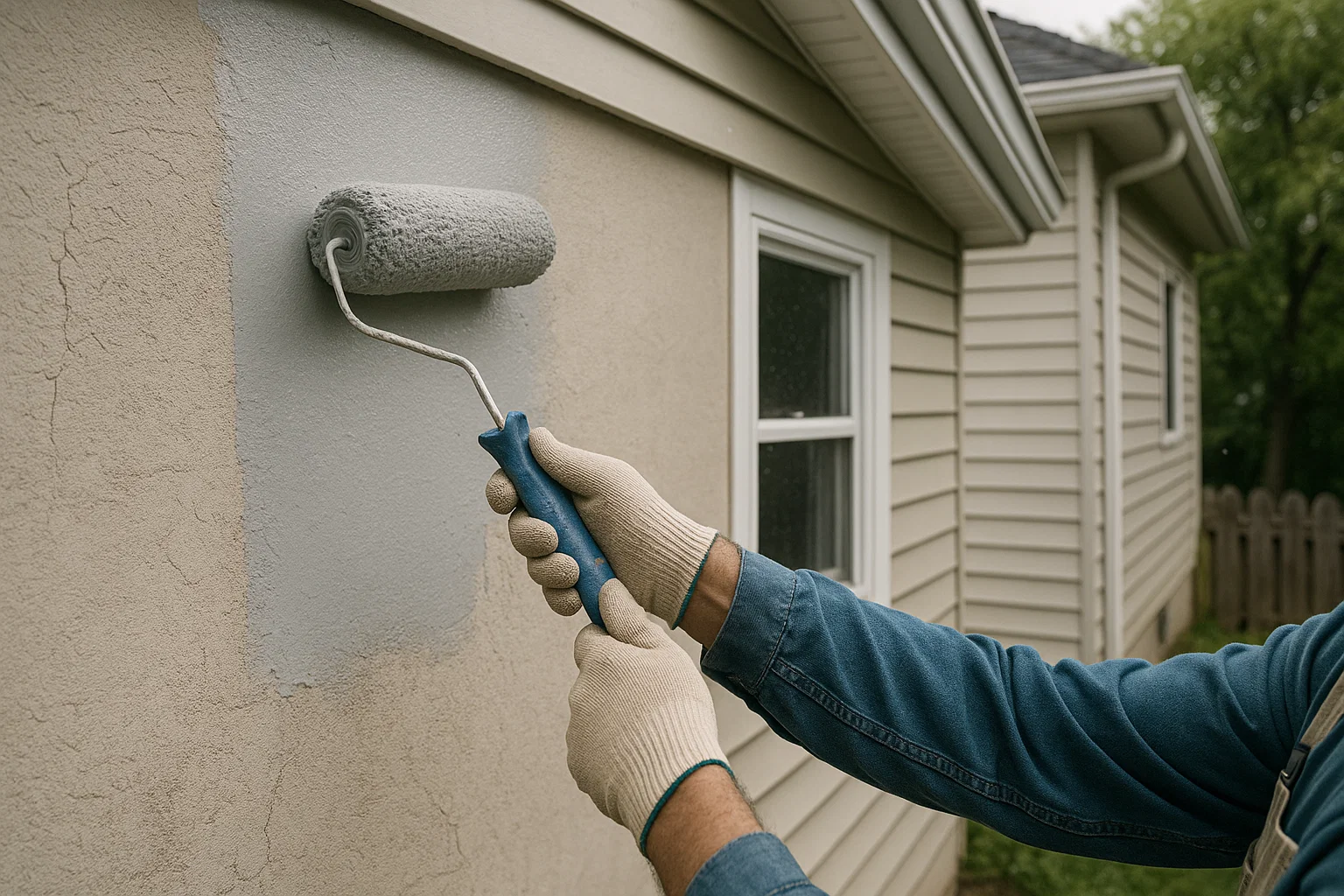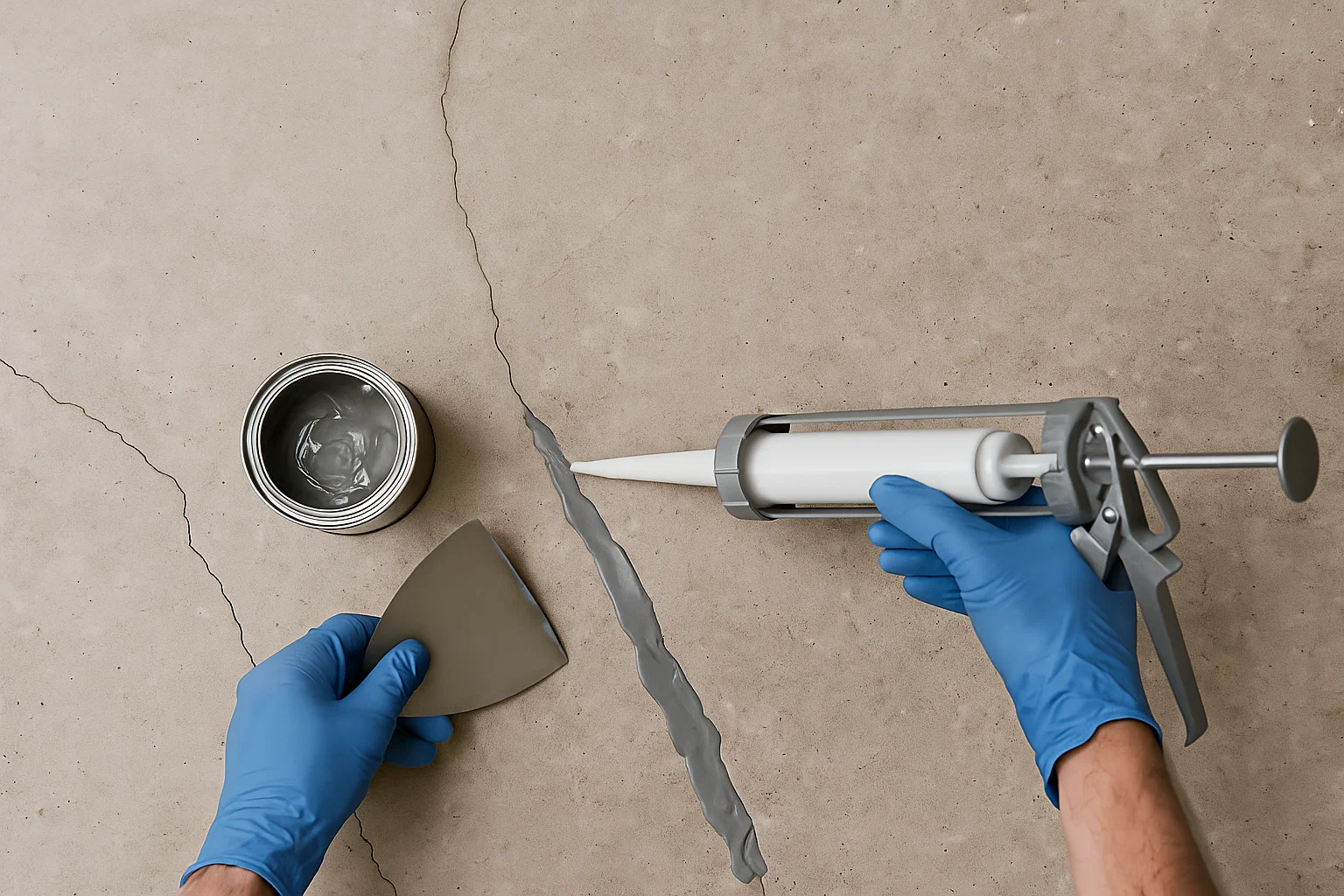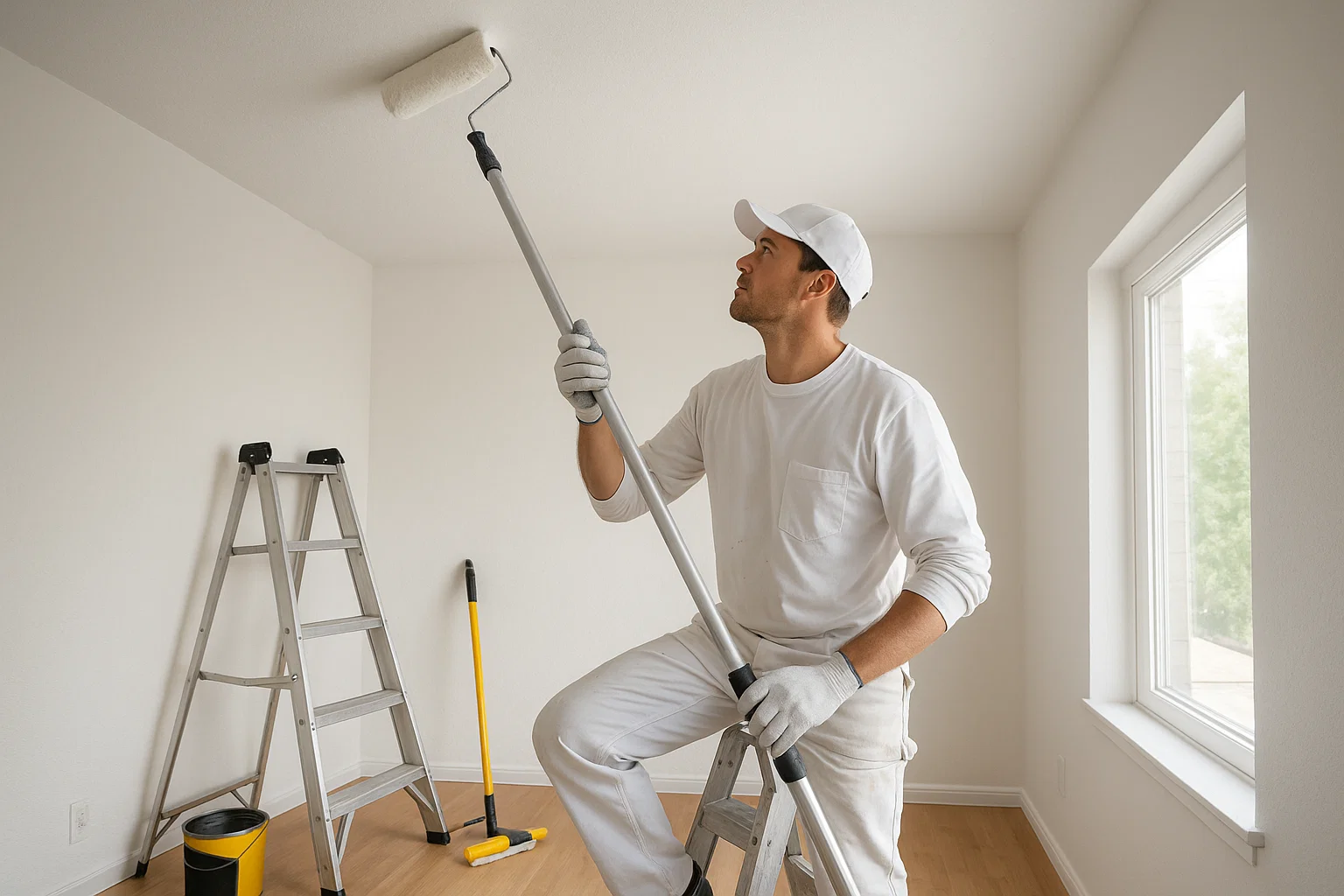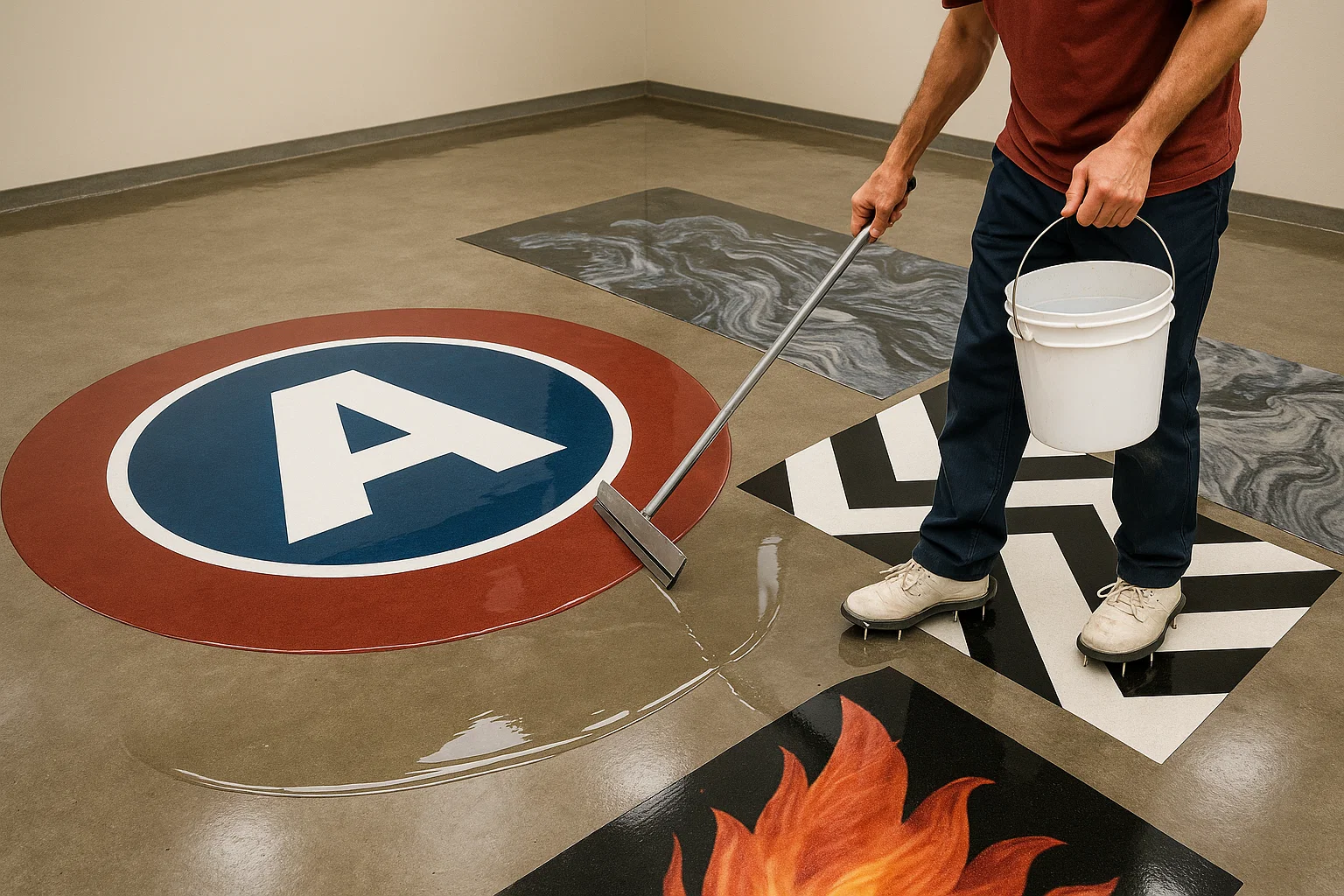When most people think about paint, they focus on color—picking the perfect shade to match furniture or create a cozy mood. But modern paints can do much more than just look good. By mixing in specialized additives, your paint can fight mold, resist fire, kill bacteria, block harmful UV rays, even clean itself. In this article, we’ll explore the most important paint additives on the market today, explain how they work, and show you how to choose and use them so your home stays safer, healthier, and more durable—long after the paint dries.
Why Paint Additives Matter
Paint additives are specialty ingredients you stir into standard paint before application. Unlike pigments that give color, additives provide functional benefits:
- Health & Safety: Prevent mold and mildew, inhibit bacterial growth, and slow the spread of flames.
- Durability: Protect against UV fading, chemical spills, and corrosion.
- Comfort & Convenience: Improve indoor air quality, reduce cleaning needs, and even stabilize room temperature.
By choosing the right additive, you turn your simple paint job into an investment that pays off through lower maintenance costs, improved family well-being, and extended surface life.
Mold- and Mildew-Inhibiting Additives
How Mold Adds Up
High humidity or leaks can let mold and mildew flourish on painted walls, triggering allergies and damaging surfaces.
How Additives Fight Mold
Mold-inhibiting additives release safe, low-level fungicides that prevent mold spores from taking hold. These chemicals remain active in the dry paint film for years.
Ideal Applications
- Bathrooms & Kitchens: Where steam and splashes are constant.
- Basements & Crawlspaces: Often damp and poorly ventilated.
- Laundry Rooms: High moisture from washers and dryers.
Fire-Retardant Additives
Fire Risk in Homes
Wood framing, drywall, and even some insulation materials can fuel fires.
How Fire Retardants Work
Special salts and minerals are blended into paint; when exposed to heat, they form a char layer that slows flames and reduces smoke.
Ideal Applications
- Utility Rooms & Garages: Near heaters, furnaces, or hot water tanks.
- Basements: Where electrical wiring and appliances are common.
- Attics: Near furnace vents or recessed lighting that can overheat.
Anti-Microbial & Bacterial-Killing Additives
Beyond Mold: Bacteria in Homes
Bacteria from cooking, pets, or hands can colonize walls and trim, especially in healthcare or daycare settings.
Silver- and Copper-Based Additives
These metals release ions that disrupt bacterial cell walls, preventing growth. They’re color-neutral, so they don’t change paint appearance.
Ideal Applications
- Kitchens & Pantries: Where foodborne bacteria can thrive.
- Home Clinics & First-Aid Areas: Surfaces need extra hygiene.
- Children’s Rooms & Play Areas: High-touch surfaces.
UV-Blocking Additives
Sunlight’s Hidden Damage
Ultraviolet rays break down paint binders and fade pigments, leading to chalking, cracking, and color loss.
How UV Additives Protect
UV absorbers or stabilizers absorb harmful rays before they can attack the paint film. Others scatter UV light, reflecting it away from the surface.
Ideal Applications
- Exterior Walls & Trim: Continuous sun exposure.
- Window Frames & Sills: Direct light and heat.
- Fences & Sheds: Outdoor structures.
Self-Cleaning & Photocatalytic Additives
Keeping Walls Fresh
Over time, dirt, grime, and stains build up—requiring scrubbing or repainting.
Titanium Dioxide & Photocatalysis
When mixed into paint, titanium dioxide acts as a photocatalyst: sunlight or indoor UV activates it, breaking down organic dirt so rain or a light rinse washes it away.
Ideal Applications
- Exterior Siding & Masonry: Surfaces stay clean after rain.
- Bathrooms & Shower Areas: Reduces mildew and soap scum.
- High-Traffic Exteriors: Near roads where exhaust causes soiling.
Thermal-Regulating Additives
Painting for Temperature Control
Some advanced additives contain microscopic ceramic beads or phase-change materials that absorb heat when temperatures rise and release it when they fall.
How They Work
- Ceramic Beads: Reflect infrared light, keeping surfaces cooler.
- Phase-Change Microcapsules: Store heat in a melted phase, releasing it as they solidify.
Ideal Applications
- Attics & Upper Walls: To reduce cooling costs.
- Roof-Edge Trim: Where roof-surface temperatures peak.
- Sun-Facing Rooms: Living rooms or bedrooms with large windows.
Anti-Corrosion Additives
Metal Surfaces Need Protection
Metal doors, railings, and trim can rust if moisture penetrates paint.
Corrosion Inhibitors
Zinc phosphate and other inhibitors react at the metal interface to block rust formation.
Ideal Applications
- Garage Doors & Metal Work: Near road salt or sprinkler systems.
- Outdoor Railings & Fencing: Constant weather exposure.
- HVAC Ducts & Metal Panels: Protects against condensation.
Choosing the Right Additive for Your Project
- Identify the Primary Risk: Mold, fire, bacteria, UV, heat, or rust.
- Check Compatibility: Ensure the additive is tested for your paint type (latex, acrylic, oil-based).
- Assess Coverage Needs: Some additives require thicker film builds or multiple coats.
- Safety & VOCs: Opt for low-VOC or zero-VOC additive formulations.
- Follow Manufacturer Guidelines: Always mix at recommended ratios and respect pot life.
Step-by-Step: Mixing and Applying Additives
- Stir Base Paint Thoroughly: Ensure uniform consistency.
- Measure Additive Precisely: Use the manufacturer’s recommended ratio (e.g., 2% by weight).
- Blend Slowly: Mix with a drill-mounted paddle at low speed for 2–3 minutes.
- Check Viscosity: Adjust with specified thinner if needed.
- Apply Paint Normally: Maintain wet edges and even coats.
- Allow Proper Dry & Cure Times: Some additives need extended curing for full efficacy.
Safety Considerations
- Ventilation: Paint in well-ventilated spaces, especially with biocidal or flame-retardant additives.
- Protective Gear: Wear gloves, goggles, and a respirator if recommended.
- Storage: Seal containers tightly to preserve additive potency.
- Disposal: Follow local regulations for paints containing specialty chemicals.
Real-World Examples
- Bathroom Renewal: A homeowner added mold-inhibitors and photocatalytic additives to bathroom paint—six months later, no mildew buildup and walls remain bright.
- Sun-Saturated Porch: Exterior porch paint with UV-blocking and ceramic beads stayed vibrant two summers in, while neighbors’ surfaces faded.
- Pet-Friendly Living Room: Family used antimicrobial and stain-resistant additives—accidental spills wiped up easily, and no lingering odors.
Final Thoughts
Modern paint additives let you do far more than refresh colors. By selecting the right functional additive—whether for mold, fire, bacteria, UV, self-cleaning, thermal control, or corrosion—you transform ordinary paint into a powerful protector. With careful planning, precise mixing, and proper application, your next paint job can be as smart as it is beautiful. Ready to elevate your walls? Explore specialty additives and create a high-performance finish tailored to your home’s needs.




